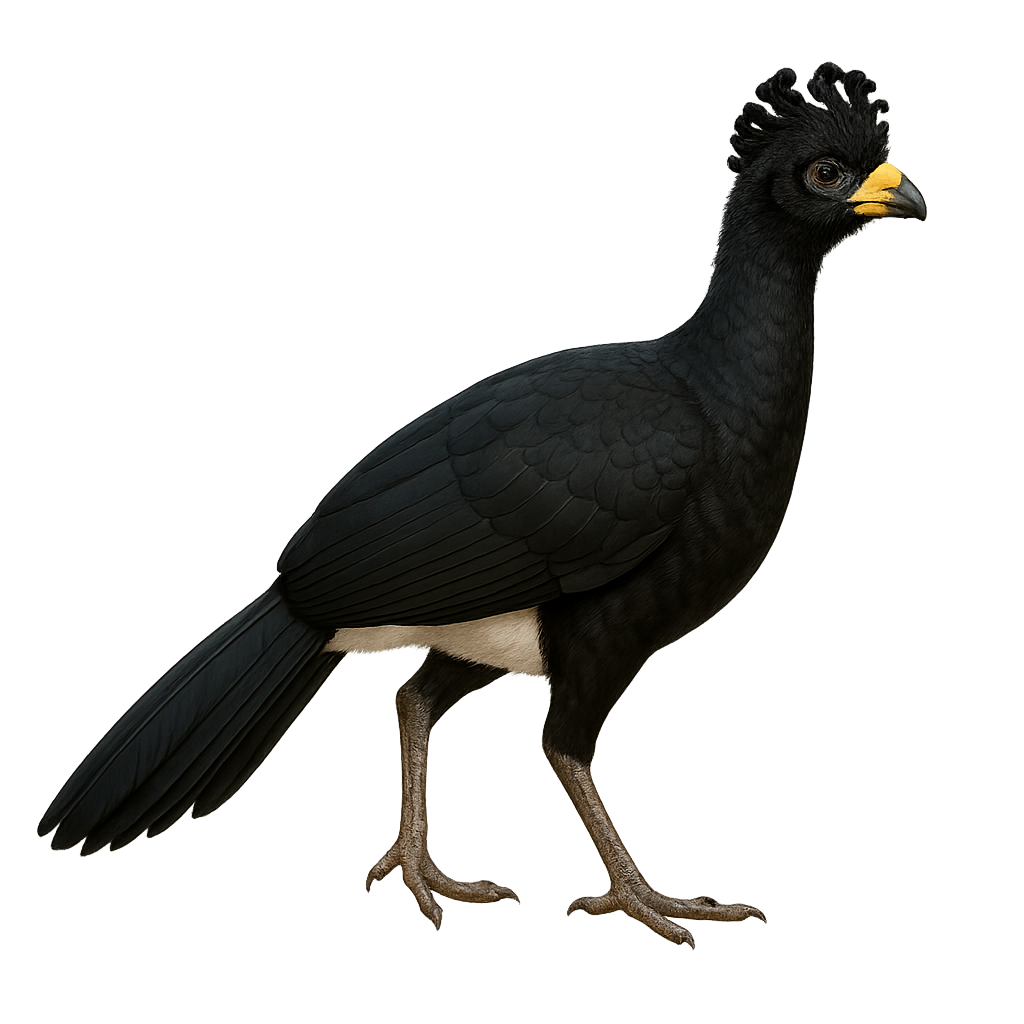Your wildlife photography guide.
Explore the bare-faced curassow in detail, study its behavior, prepare your shots.
Where to observe and photograph the bare-faced curassow in the wild
Learn where and when to spot the bare-faced curassow in the wild, how to identify the species based on distinctive features, and what natural environments it inhabits. The WildlifePhotographer app offers tailored photography tips that reflect the bare-faced curassow’s behavior, helping you capture better wildlife images. Explore the full species profile for key information including description, habitat, active periods, and approach techniques.
Bare-faced Curassow
Scientific name: Crax fasciolata

IUCN Status: Near Threatened
Family: CRACIDAE
Group: Birds
Sensitivity to human approach: Suspicious
Minimum approach distance: 10 m
Courtship display: September to December
Incubation: 28-30 jours
Hatchings: October to January
Habitat:
tropical forests, riparian forests, wooded savannas
Activity period :
Primarily active during the day, with peak activity in the morning and late afternoon.
Identification and description:
The Bare-faced Curassow is a large terrestrial bird from the Cracidae family, primarily found in the tropical forests of South America, including Brazil, Bolivia, Paraguay, and Argentina. It is easily recognizable by its glossy black plumage in males, with a bright yellow bare face, while females have brown plumage with barred patterns. This bird prefers dense forest habitats where it feeds mainly on fruits, seeds, and insects. Although capable of flight, it spends most of its time on the ground. The Bare-faced Curassow is threatened by deforestation and hunting, leading to population declines in some areas.
Recommended lens:
400mm – adjust based on distance, desired framing (portrait or habitat), and approach conditions.
Photography tips:
To photograph the Bare-faced Curassow, it is advisable to use a telephoto lens of 400mm or more to capture detailed images without disturbing the bird. Since it is often on the ground, try to photograph it at eye level for a more natural perspective. Be patient and discreet, as this bird can be suspicious. The best opportunities arise early in the morning or late in the afternoon when the light is soft and the bird is active.
The WildlifePhotographer App is coming soon!
Be the first to explore the best nature spots, track rutting seasons, log your observations, and observe more wildlife.
Already 1 439 wildlife lovers subscribed worldwide

